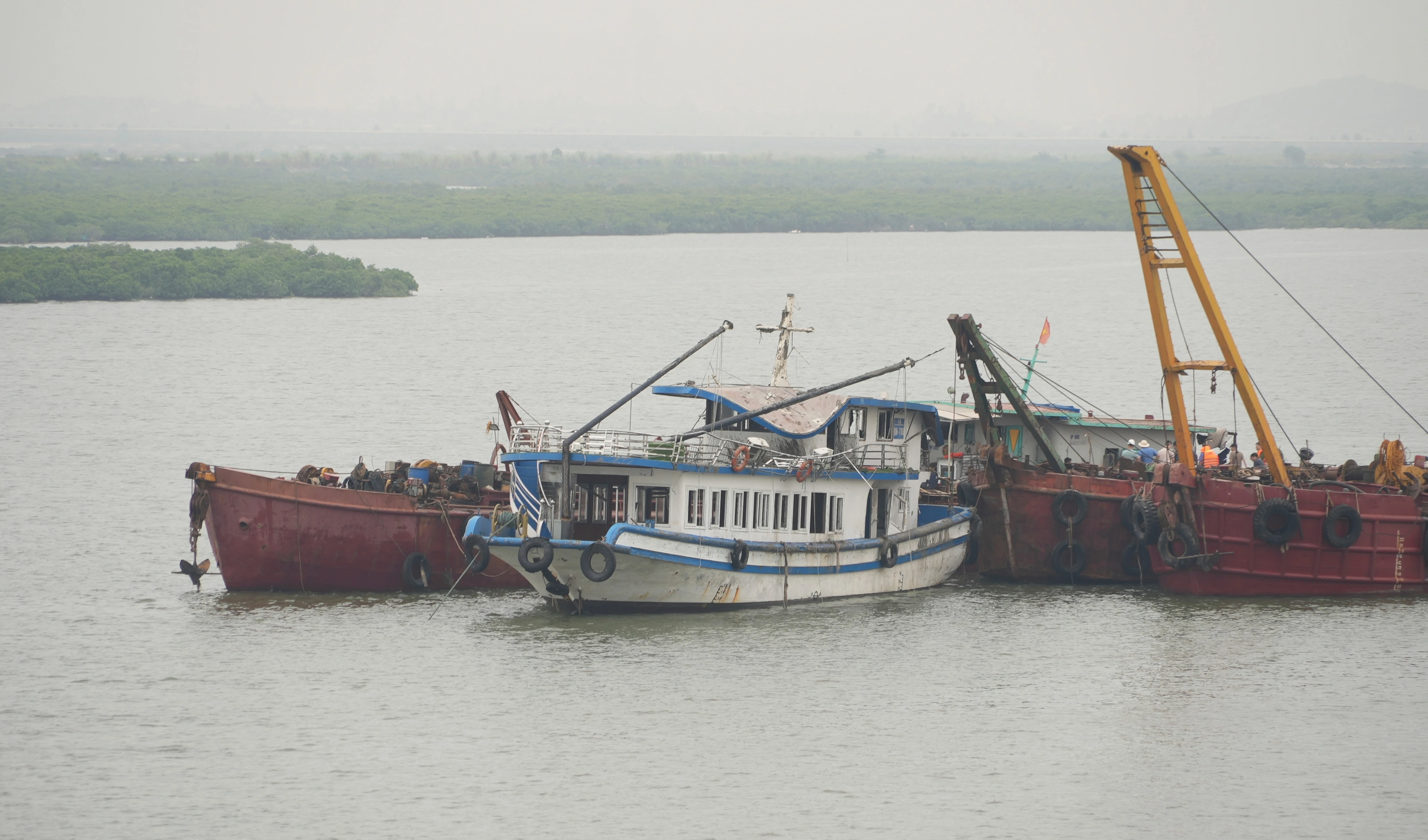Hurricane Melissa’s path of destruction leaves Caribbean awe-struck
With catastrophic winds and flooding, Hurricane Melissa has left communities across Jamaica and Cuba in crisis, highlighting the growing risks of climate-driven storms in the region.
-

A man wades through a street flooded by Hurricane Melissa in Santiago de Cuba, Wednesday, Oct. 29, 2025 (AP)
Hurricane Melissa tore through the Caribbean this week, wreaking havoc in Jamaica before making landfall in Cuba, leaving communities across the region grappling with unprecedented destruction.
In Jamaica, the most intense tropical cyclone to strike the island in nearly two centuries caused widespread flooding, powerful winds, and structural damage. Prime Minister Andrew Holness declared the country a disaster area, granting authorities emergency powers to issue evacuations and prevent price gouging.
Western Jamaica bore the brunt of the Category 5 storm, with reports of homes losing roofs, vehicles overturned, and entire neighborhoods submerged. Nearly 15,000 people were in shelters, and over 530,000 were without power in a nation of 2.8 million. Minister of Local Government Desmond McKenzie described the hurricane as “one of the worst experiences that Jamaica has ever encountered,” warning that the country’s infrastructure has been severely compromised.
Unprecedented destruction
In Mandeville, residents described streets littered with debris, downed power lines, and damaged homes. Locals recounted surviving previous storms but noted that Melissa’s intensity and duration made it particularly destructive.
The United Nations and humanitarian agencies called the devastation unprecedented. Dennis Zulu, UN Resident Coordinator in Jamaica, said preliminary assessments revealed a “country that’s been devastated to levels never seen before.” Alexander Pendry of the British Red Cross emphasized that relief efforts were urgently needed, warning of long-lasting impacts on affected communities.
Authorities moved quickly to reopen airports and facilitate relief flights. Transport Minister Daryl Vaz stressed the urgency: “Every hour is an hour lost, and we don’t have the time.”
Storm felt across the Caribbean
While Jamaica suffered the storm’s direct impact, other Caribbean nations felt its effects as well. In Haiti, severe flooding claimed at least 25 lives, with the La Digue River in Petit-Goâve overflowing and destroying dozens of homes. Three deaths were reported in Jamaica, and the Dominican Republic confirmed one fatality, with another person missing.
Melissa reached Jamaica with sustained wind speeds of 185 mph (298 km/h), categorizing it as a Category 5 hurricane, the highest level on the Saffir-Simpson scale. Even after weakening to Category 3, the storm retained the potential for severe damage.
In Cuba, President Miguel Díaz-Canel reported “extensive damage” after the hurricane made landfall on the southern coast. Over 735,000 people were evacuated, particularly in Santiago de Cuba, the island’s second-largest city, where buildings, including major hotels, suffered shattered windows and roof damage.
Melissa is expected to cross Cuba before moving toward the Bahamas, now downgraded to a Category 2 hurricane with winds of 100 mph.
Climate scientists note that Melissa’s rapid intensification, from 70 mph to 140 mph in just 24 hours, reflects the impact of human-driven climate change and warming ocean temperatures. Caribbean leaders have called for international support in the form of aid and debt relief to help island nations cope with increasingly severe storms.
The Associated Press listed other record-setting cyclones:
- Hurricane Allen (1980): Winds peaked at 190 mph before hitting Texas, killing more than 200 in Haiti
- Hurricane Dorian (2019): Struck the Bahamas with 185 mph winds, leaving over 70 dead
- Hurricane Wilma (2005): Hit Mexico’s Yucatán and South Florida with 185 mph winds
- Hurricane Gilbert (1988): First landfall in Jamaica, then caused extensive destruction in Mexico with winds of 185 mph
- Labor Day Hurricane (1935): Devastated the Florida Keys with winds of 185 mph
- Hurricane Milton (2024): Reached 180 mph across Florida following Hurricane Helene
- Hurricane Irma (2017): Winds of 180 mph caused over $700 million in damage in Puerto Rico
- Hurricane Rita (2005): Struck Louisiana with 180 mph winds, causing $11bn in damages
- Hurricane Mitch (1998): Brought mudslides and floods that killed over 11,000 people, mainly in Honduras and Nicaragua, with winds at 180 mph
Melissa’s arrival marks what is expected to be one of the most severe natural disasters in recent Caribbean history, with recovery likely to take weeks or months.

 4 Min Read
4 Min Read











